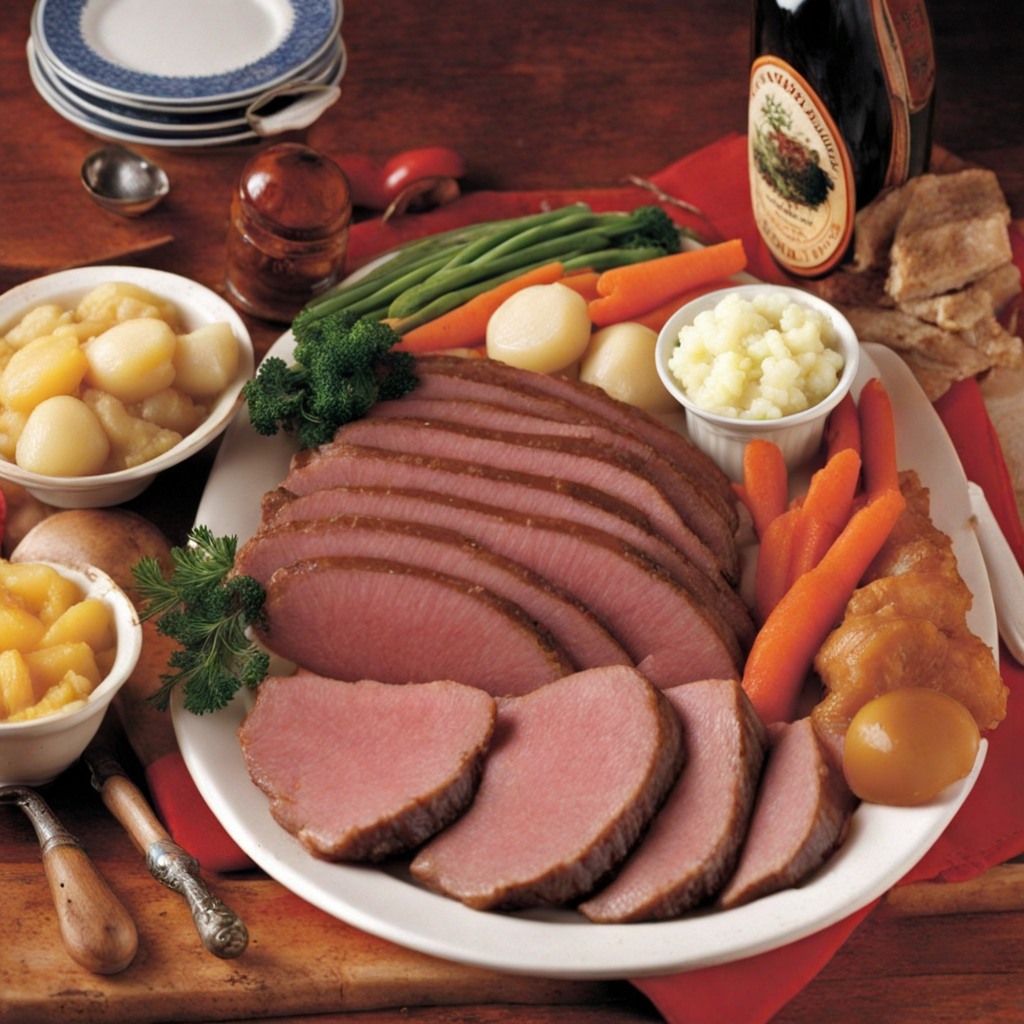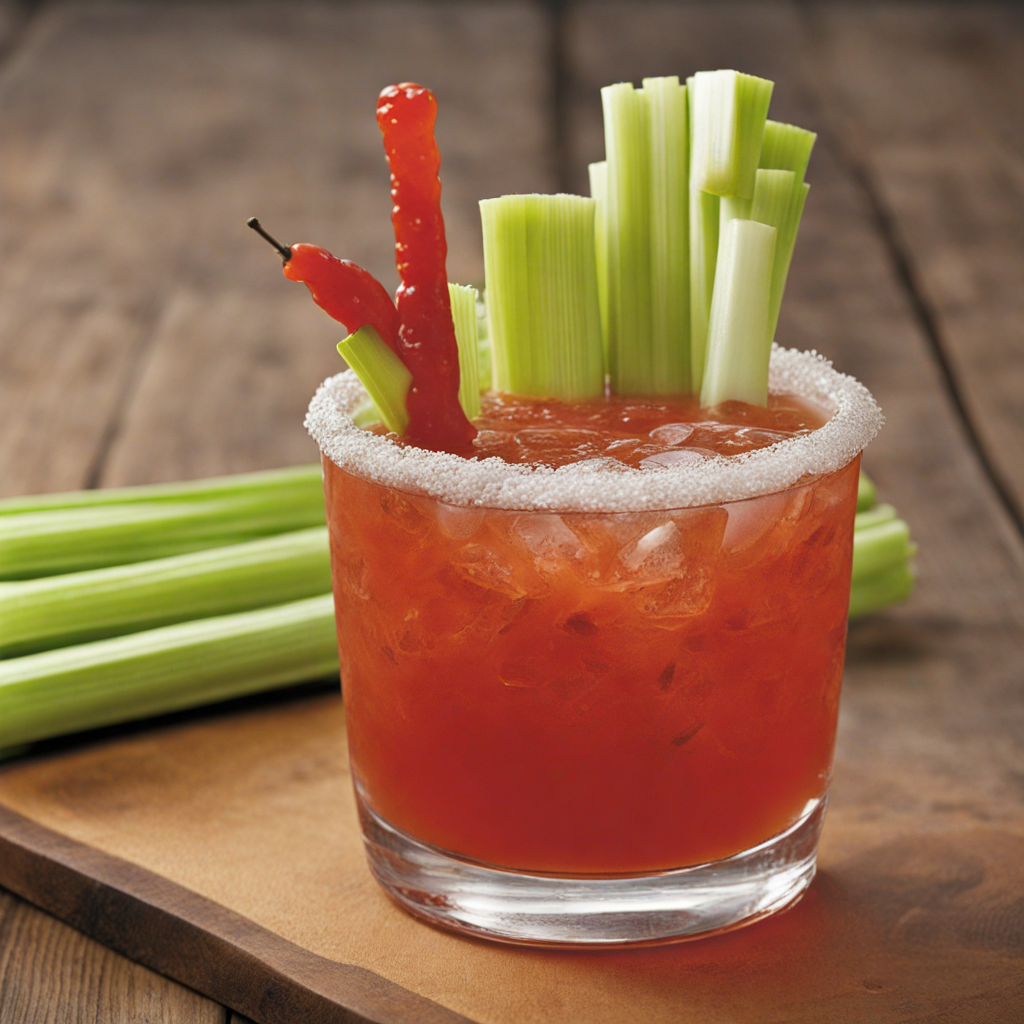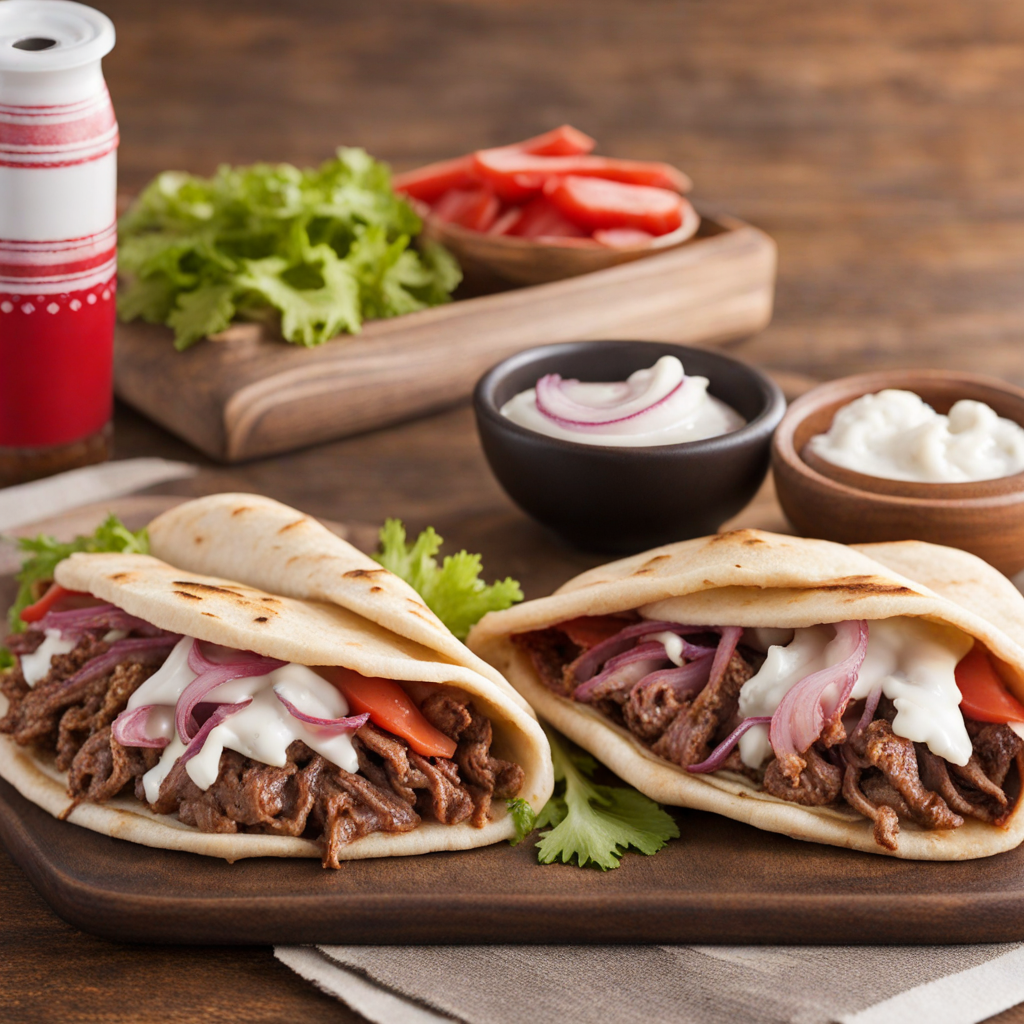Jiggs' Dinner
Jiggs Dinner is a quintessential Canadian dish, particularly beloved in Newfoundland and Labrador. This hearty meal typically consists of a robust boiled dinner featuring salt beef, which is the star of the show, paired with a medley of root vegetables such as carrots, potatoes, turnips, and cabbage. The salt beef is usually brined for preservation, infusing the dish with a savory, umami flavor that permeates the vegetables during the cooking process. The ingredients are simmered together in a large pot, allowing the flavors to meld beautifully, resulting in a comforting and satisfying meal that warms the soul, especially in colder months. Traditionally, Jiggs Dinner is served with a side of pease pudding, which is made from split yellow peas and often flavored with onions and spices. This pudding adds a creamy texture and earthy taste to the meal, complementing the salt beef and vegetables. Some variations may include the addition of dumplings, known as "flour dumplings," which are steamed above the broth and become fluffy, soaking up the delicious juices. The dish is typically enjoyed with a side of mustard or a tangy relish, which adds a zesty contrast to the richness of the salt beef. Jiggs Dinner is more than just a meal; it represents a sense of community and tradition in Canadian culture. Often enjoyed during family gatherings and special occasions, it brings people together over a shared love of hearty, home-cooked food. The preparation can be a social event in itself, as families bond while preparing the ingredients and waiting for the dinner to cook. Each bite of Jiggs Dinner is a taste of Canadian history and hospitality, making it a must-try for anyone looking to explore the unique flavors of Canada.
How It Became This Dish
Dîner de Jiggs: A Culinary Legacy of Canada #### Origins and Historical Context Dîner de Jiggs, a quintessentially Canadian dish, traces its roots back to the early 20th century, emerging from the cultural melting pot of French and English traditions in Canada. The dish is named after the character Jiggs, who was popularized by the American comic strip "Bringing Up Father," created by George McManus in 1913. Jiggs is a working-class Irishman who craves simple, hearty meals, and his character resonated particularly in North America, where immigrant communities sought comfort in food that reminded them of their homeland. The dish itself is a traditional boiled dinner, typically featuring corned beef, cabbage, potatoes, and root vegetables such as carrots and turnips. This style of meal reflects the kind of hearty fare that was common among working-class families, especially during the long winters in Canada. The ingredients are often seasoned with spices and served with mustard, highlighting the simplicity and flavor that characterized the cooking of that era. #### Cultural Significance Dîner de Jiggs gained popularity not just as a dish but as a cultural phenomenon, particularly among the Irish and English-descended populations in Canada. The meal embodies the essence of comfort food, evoking warmth and communal gathering. It became a staple on Sundays and special occasions, serving as a unifying element for families and communities. As Canada transitioned through the 20th century, the dish came to symbolize the immigrant experience, capturing the struggles and triumphs of those who sought a better life in a new country. For many, Dîner de Jiggs was more than just a meal; it represented identity, heritage, and the melding of cultures. The dish encapsulates the essence of Canadian cuisine, which is characterized by its blend of various culinary traditions influenced by the diverse ethnic backgrounds of its population. #### Development Over Time In the decades following its rise to popularity, Dîner de Jiggs evolved along with Canadian society. As the country became more multicultural, so too did the interpretation of the dish. While the classic version remained beloved, variations began to emerge, incorporating ingredients and flavors from other cultural backgrounds. For instance, some families started adding local vegetables, such as squash or beets, while others experimented with different cuts of meat or seasoning blends. In the 1960s and 1970s, a renewed interest in traditional foods and heritage cooking led to a revival of Dîner de Jiggs. Canadian chefs and home cooks alike began to celebrate the dish as part of Canada's culinary identity. Cookbooks from this period often featured recipes that honored traditional methods while encouraging experimentation. This resurgence also coincided with a broader appreciation for slow-cooked meals and the farm-to-table movement, which emphasized the use of local produce and sustainable practices. The dish's ties to community gatherings and social events have also played a significant role in its development. Potluck dinners, church events, and family reunions often feature Dîner de Jiggs, reinforcing its status as a dish meant to be shared. The communal aspect of the meal fosters connections among people, echoing the values of hospitality and generosity that are central to Canadian culture. #### Contemporary Relevance In the 21st century, Dîner de Jiggs continues to be celebrated as a cherished part of Canadian heritage. It is often featured in local festivals that pay homage to traditional foods, showcasing the importance of preserving culinary traditions in an ever-evolving society. Chefs across the country have begun to reinterpret the dish, experimenting with modern cooking techniques while maintaining its essence. Dîner de Jiggs has also found its way into the culinary spotlight through social media, where home cooks and food enthusiasts share their own takes on the dish, often accompanied by personal stories and family traditions. This digital renaissance allows for a new generation to engage with their culinary roots, ensuring that the dish remains relevant and appreciated. Moreover, the dish’s simple yet hearty nature has drawn interest from the growing trend of comfort food during challenging times. The COVID-19 pandemic reignited a desire for familiar flavors and home-cooked meals, leading many to return to traditional recipes as a source of solace. Dîner de Jiggs, with its nostalgic qualities, became a go-to comfort food for countless Canadians, reinforcing its status as a symbol of resilience and community. #### Conclusion Dîner de Jiggs is more than just a meal; it is a culinary journey that reflects the rich tapestry of Canadian history and culture. From its humble origins as a working-class dish to its modern-day reinterpretations, the dish embodies the spirit of comfort and community that defines Canada. As it continues to evolve and adapt, Dîner de Jiggs remains a beloved part of the Canadian culinary landscape, inviting each new generation to partake in its rich legacy. Whether served at a family gathering, a community event, or enjoyed in the comfort of one’s home, Dîner de Jiggs is a reminder of the importance of food in shaping our identities and our connections to one another.
You may like
Discover local flavors from Canada







